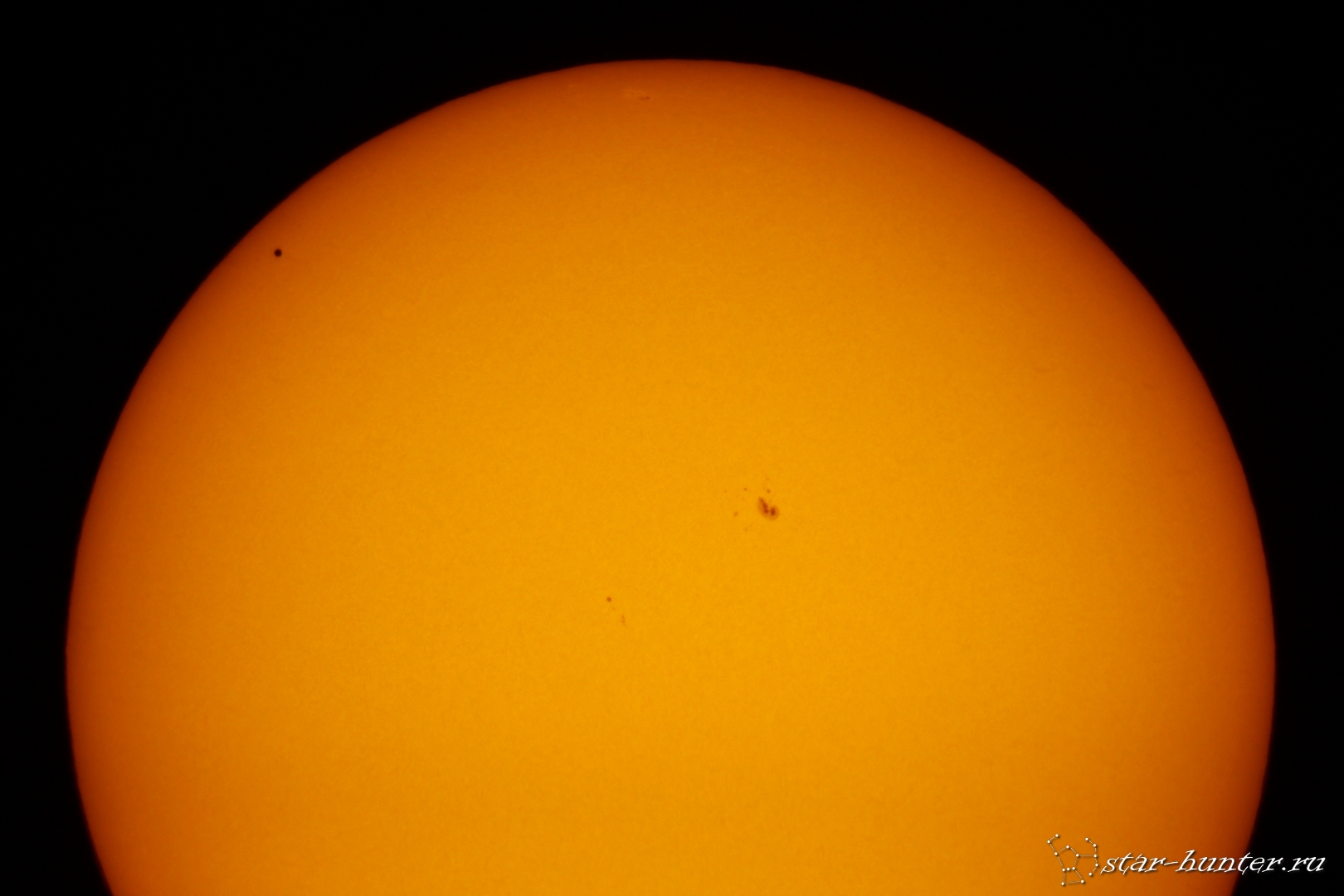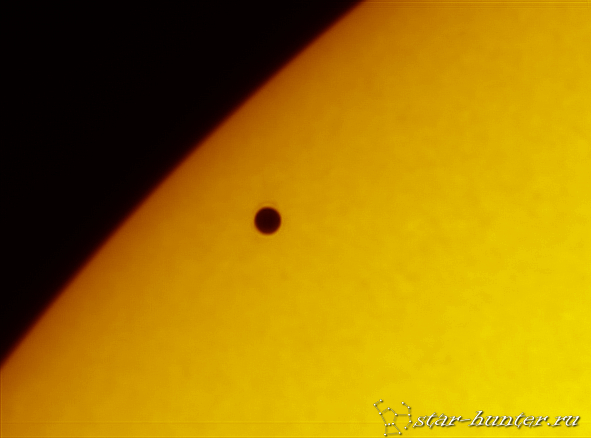On November 11, 2019 at 12:35 UTC, an interesting and rare phenomenon will occur – the transit of Mercury across the disk of the Sun. At this time, Mercury will be between the Sun and the Earth, and when viewed from Earth, it will be visible as a small dark circle against the background of the Sun. The first touch will be at 12:35. After one and a half minutes, the entire disk of Mercury will go to the Sun and pass through the entire disk of the Sun. Transit will end at 18:04.
Visibility conditions
Just the beginning: Eastern Europe, the CIS, European Russia, Scandinavia, the Middle East.
Beginning and middle: Western and Central Europe, Africa.
Fully: South America, Central and Northeast America, Southern Greenland and West Africa.
Mid and end: most of North America (except East), New Zealand, Polynesia.
Unavailable for observation: Ural, Siberia, Asia, Far East, Indonesia, Australia, most of Alaska and Greenland.
Observation and capturing recommendations.
1) When observing and shooting the Sun through a conventional telescope, binoculars or telescope, it is MANDATORY to use a securely mounted aperture solar filter – Baader Astrosolar Visual, Seymour Solar. The exception is the Coronado, Lunt chromosphere telescopes, as well as the special Quark H-alpha, they already have a built-in protective filter.
I recommend to read my article “About observing the sun”.
2) To see Mercury against the background of the disk of the Sun, a magnification of 10x is needed. When using binoculars or a telescope, mounting on a photographic tripod is desirable.
3) Various shooting methods are possible – through the eyepiece of a telescope or binoculars, shooting with a DSLR/mirrorless camera in the main focus of the telescope, shooting with an ultra-zoom camera, shooting in single shots or recording videos. Do not forget about the protective filter.
Personally, I plan to use the following equipment when shooting:
-Coronado PST H-alpha 40 mm telescope
-Celestron NexStar 8 SE telescope with aperture filter from Baader Astrosolar film
-Sky-Watcher BK 705 photo telescope with aperture filter NPZ
-Canon 5D Mark II, Canon 550D (single shots)
-QHY5III178m camera (videos).
My pictures from the previous transit of Mercury on the disk of the Sun on May 9, 2016::




The next transit of Mercury on the disk of the Sun will be November 13, 2032. I wish you a clear sky and successful observations!


